What Is Web Crawler Software and What Does It Do?
Author: Sofiia Yavorska
Categories: Technology
What Is Web Crawler Software and What Does It Do?
You can see millions of results when you enter any word or group of words in a search bar. Of course, not all of the search results are reliable and clear. Millions of pages on the Internet are useless since they neither contain any valuable information nor entertain people.
However, search engines, such as Google, Bing, Yahoo, and more, discovered how to present users only relevant web pages, employing web crawler software. It’s a complex process to determine which page is valuable and which is not. This process involves numerous steps, including web crawling.
The information about how web crawlers work can help people understand why some websites appear on the first page of search results, while others are never discovered by users. In this article, you will find out more about how web crawler software works, indexing, the list of web crawlers, web scraping, and the relationship between a website crawler and SEO.
How Web Crawler Software Works
A website crawler is also called a spider and a search bot. It reviews content on different websites. Then it indexes it so that web pages will show up when relevant user searches are entered in a search bar. Web crawler software is developed and operated by search engines.
The most popular search engine is Google controlling about 75% of the desktop and laptop market and about 85% of the mobile market. The web crawlers created and operated by Bing, Yahoo, Baidu, Yandex, and more have some differences, though the idea of how web crawlers work is similar.

The main goal of web crawlers is to learn about what every web page is so that this webpage can be retrieved by a search engine when a user needs it. For example, when you search for ‘how to download Youtube videos,’ Google shows you the web pages checked by spiders that contain the needed information. Generally, search bots help search engines provide relevant links in response to different search queries.
Web Crawler Software And Indexing
Search bots gather information from an enormous number of web pages and arrange it in the search index. Before a person enters a query in a search bar, everything is already indexed. Web crawler software examines millions of websites by checking their content and following external and internal links.
A website crawler can be compared to a person who creates a library catalog. It defines which page should appear on the first page of search results and which will appear on the 30th page. It may be difficult to understand how web crawlers work, though the basics are simple – download, analyze, and index content.
Web Crawling and SEO
SEO (search engine optimization) aims to boost a website’s ranking, and web crawler software plays a significant role in how web pages are listed. SEO specialists strive to influence how spiders rank websites by employing some techniques.
However, if a search bot cannot crawl a website, this website will not be indexed. That’s why it is crucial not to block web crawlers so that a web page can get organic traffic. Moreover, there are several attributes a web page can have that will optimize any website.
These include:
- Fast loading speed. Web crawler software knows that people do not want to wait for content loading. Hence, they give better rankings to those pages that are fast to load. It is advised to make web pages load faster in different ways, such as compressing images or optimizing CSS, HTML, and JavaScript code.
- Mobile-friendliness. Since mobile devices have become incredibly convenient to use, more and more people turn to search engines on their mobile devices. The list of web crawlers checks whether a web page is mobile-friendly or optimized only for desktops and laptops. In the first case, the chances of gaining a good ranking are higher.
- Valuable content. Even though a website crawler cannot understand human language, it may find out whether information on a web page is useful or not in many different ways. For instance, if other websites refer to the information on the web page, spiders consider it to be valuable.
- Up-to-date content. Multiple new web pages appear every day, and people who know how web crawler software works emphasize the priority of up-to-date content over the old one. Generally, spiders give better rankings to the content that has been recently published or updated.
- The Google Webmaster Guidelines. Web crawler software does not index the web pages that avoid following the guidelines provided by Google. Therefore, these pages do not appear among organic search results.
To learn more about SEO and how web crawlers work, you can check our articles about on-page SEO and off-page SEO.
Web Crawling Vs. Web Scraping
Web crawling and web scraping are sometimes wrongly used interchangeably. Even though they bear certain similarities because both are about extracting and analyzing data on the Internet, crawling and scraping are different processes.
On the one hand, web crawling means using web crawler software to download and analyze content from a website. A list website crawlers go through many pages and follow the links they come across.
On the other hand, web scraping means extracting data from a website while using web scraping software. A web scraper focuses solely on a specific set of data. For example, it can target only a product detail page or the information about stock prices on a website.
Unlike web crawlers developed by major search engines, web scrapers may disregard the instructions provided by a website owner and download content without permission in order to use it for a malicious purpose.
Robot.txt
Robot.txt is a file that is placed at the root of a web server. It influences how web crawlers work by telling web crawler software which URLs it can access and which URLs it is not allowed to access.
Generally, Robot.txt defines rules for the list of web crawlers. Its objective is to avoid overloading that may be caused by requests of search bots. It is a common practice to include generic rules in Robot.txt that apply to all web crawlers.
It is also possible to be more granular and provide instructions only for a specific bot. Unfortunately, not all spiders follow the instructions from Robot.txt since many bots extract data for bad intentions.
List Of Web Crawler Software
As long as we have already discussed how web crawlers work, it is high time we took a look at the list of web crawlers.
Of course, Googlebot is a website crawler worth being mentioned first since it is operated by the largest search engine worldwide – Google. Its web crawler software provides multiple tools that enable SEO specialists to control the process of web crawling and indexing. Apart from Googlebot, there are 9 additional web crawlers run by Google, including Googlebot News, Googlebot Images, Google Mobile, Google AdsBot, and more.
Bingbot is web crawler software developed by Microsoft that collects data from the Internet to create a searchable index for Bing. It replaced MSN bot in 2010. Bingbot also has various tools, such as Fetch as Bingbot found within Bing Webmaster Tools. It allows requesting a web page to be crawled and viewing it in the way as Bingbot. It helps SEO specialists understand what can be done to improve the web page ranking.
Yandex is the largest search engine in Russia, and Yandexbot generates the index for this browser. It works like any other website crawler developed by a popular search engine. Yandexbot crawls web pages via links, finds new or updated content, and conducts indexing.
Tags: Google spiders, Internet indexing, Robot.txt file, web crawler, web crawler software, web scraping





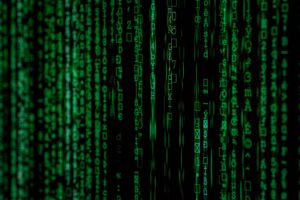

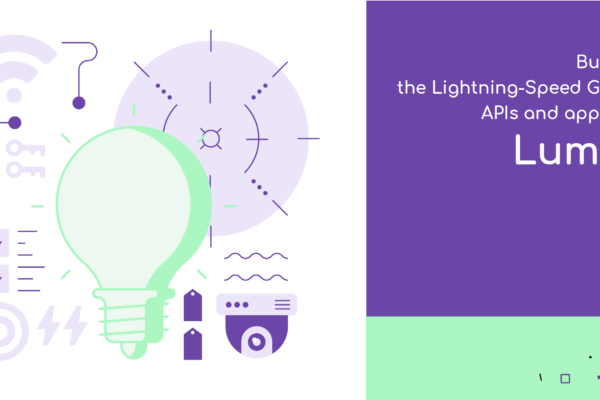
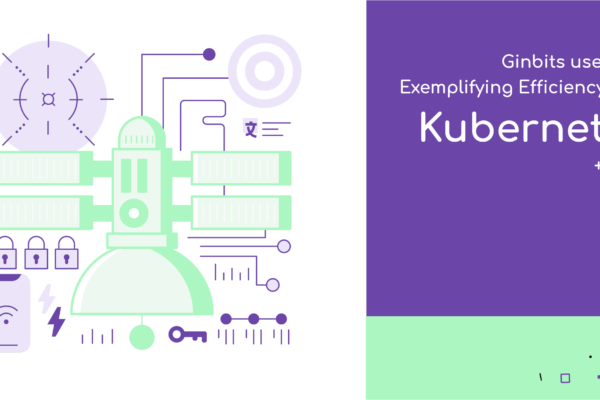

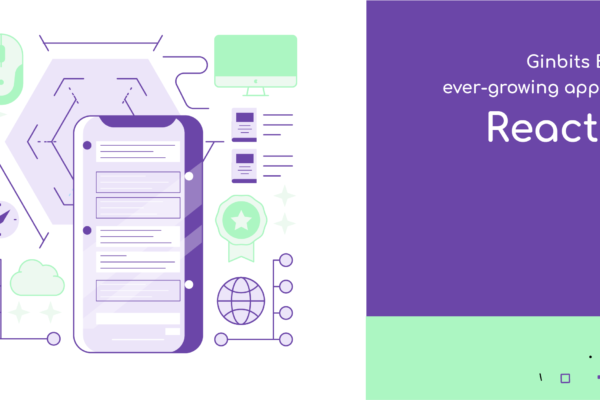





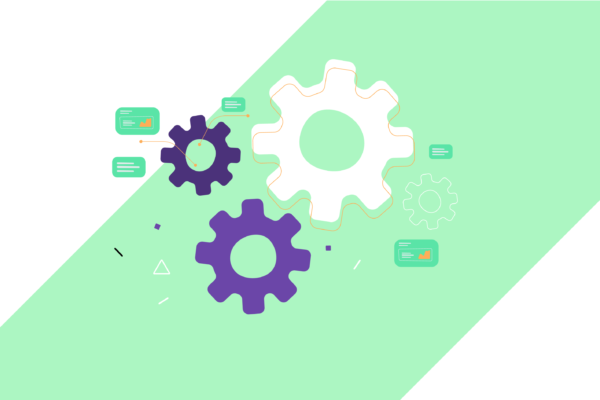








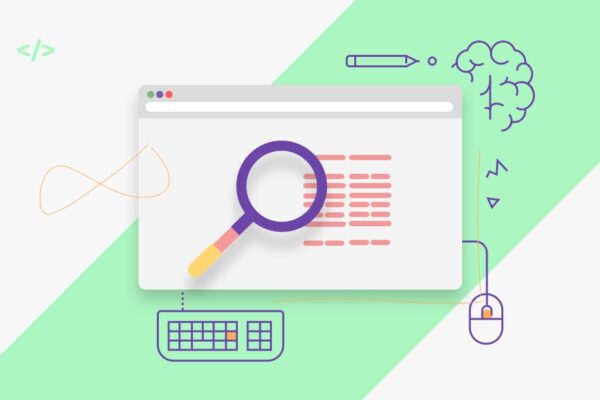
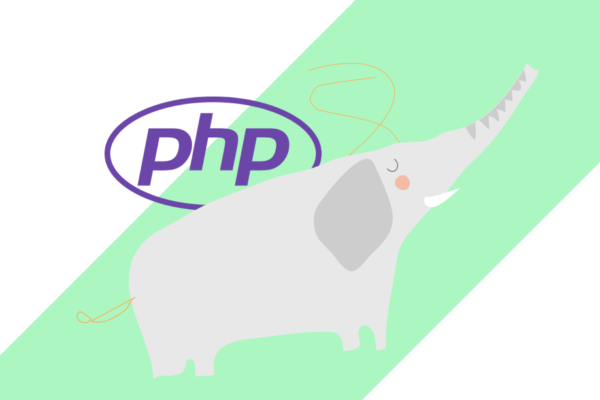




Latest Posts